This Image From The NASA/ESA Hubble Space Telescope Reveals A Spiral Galaxy Named Messier 95 (also Known

This image from the NASA/ESA Hubble Space Telescope reveals a spiral galaxy named Messier 95 (also known as M95 or NGC 3351). Located about 35 million light-years away in the constellation of Leo (The Lion), this swirling spiral was discovered by astronomer Pierre Méchain in 1781, and catalogued by French astronomer Charles Messier just four days later. Messier was primarily a comet hunter, and was often left frustrated by objects in the sky that resembled comets but turned out not to be. To help other astronomers avoid confusing these objects in the future, he created his famous catalogue of Messier objects.
Most definitely not a comet, Messier 95 is actually a barred spiral galaxy. The galaxy has a bar cutting through its centre, surrounded by an inner ring currently forming new stars. Also our own Milky Way is a barred spiral.
As well as hosting this stellar nursery, Messier 95 is a known host of the dramatic and explosive final stages in the lives of massive stars: supernovae. In March 2016 a spectacular supernova named SN 2012aw was observed in the outer regions of one of Messier 95’s spiral arms. Once the light from the supernova had faded, astronomers were able to compare observations of the region before and after the explosion to find out which star had “disappeared” — the progenitor star. In this case, the star was an especially huge red supergiant up to 26 times more massive than the Sun.
Credit: ESA/Hubble & NASA
https://www.spacetelescope.org/images/potw1841a/?utm_source=Facebook&utm_medium=social&utm_campaign=SocialSignIn
More Posts from Astrosciencechick and Others
![Carina Nebula [ 564 X 888]](https://64.media.tumblr.com/12e8e14fcca9b5df73af77419d21078e/tumblr_phe02rajzq1rcl722o1_540.jpg)
Carina nebula [ 564 x 888]
Crew Safe After Soyuz Launch Abort
NASA astronaut Nick Hague and Russian cosmonaut Alexey Ovchinin are in good condition following an aborted launch of their Soyuz spacecraft.
The Soyuz MS-10 spacecraft launched from the Baikonur Cosmodrome in Kazakhstan to the International Space Station at 4:40 a.m. EDT Thursday, October 11 (2:40 p.m. in Baikonur) carrying American astronaut Nick Hague and Russian cosmonaut Alexey Ovchinin. Shortly after launch, there was an anomaly with the booster and the launch ascent was aborted, resulting in a ballistic landing of the spacecraft. Search and rescue teams were deployed to the landing site. Hague and Ovchinin are out of the capsule and are reported to be in good condition.
Note: This video is edited for length, but includes the launch, the initial report of the issue, and the confirmation that the crew landed safely.

Chandra/Hubble/Spitzer X-Ray/Visible/Infrared Image of M82.
Credit: NASA, ESA, CXC and JPL-Caltech
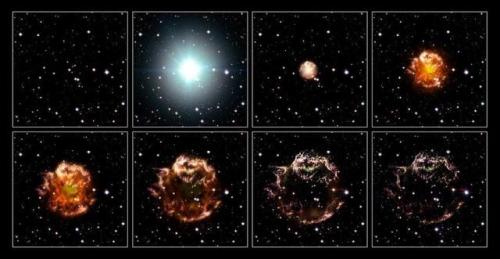
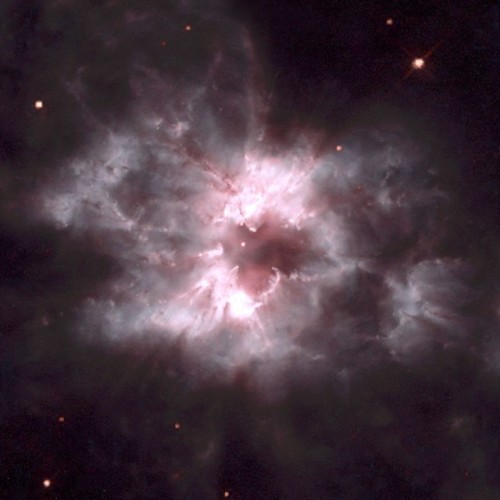
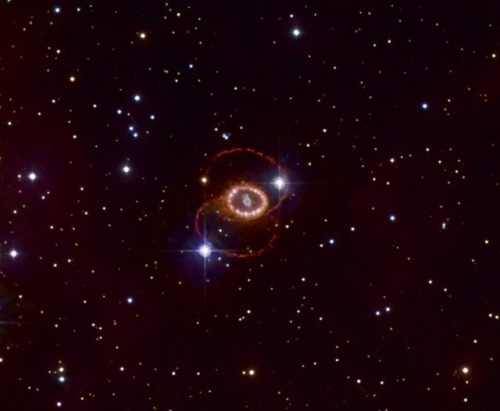

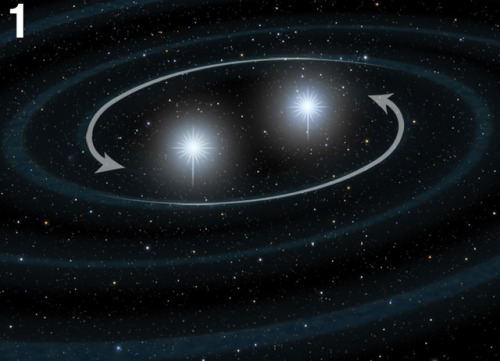
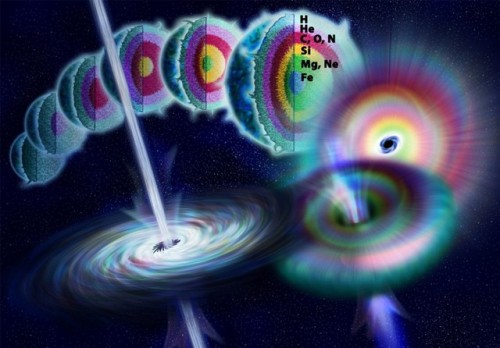
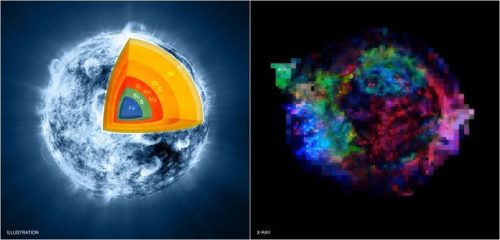
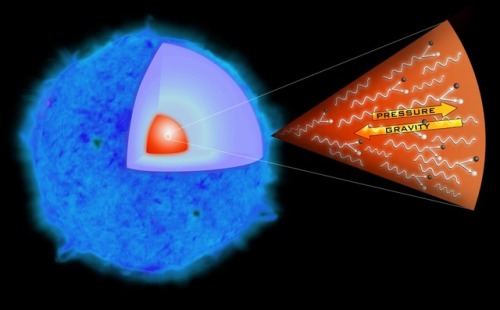
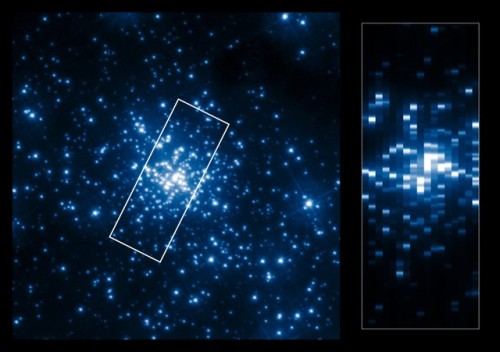

These Are The 6 Different Ways To Make A Supernova
“Yet, if you cross a certain mass threshold, you overcome that quantum barrier, and that triggers a runaway fusion reaction, destroying the white dwarfs and leading to a different class of supernova: a thermal runaway supernova.
So, we’ve got core collapse supernovae and thermal runaway supernovae. Does that mean that there are only two classes?
Hardly. There’s more than one way to make both a thermal runaway and a core collapse supernova, and each mechanism or method has properties that are wholly unique to it. Here are the six ways to make a supernova, starting with the least-massive trigger and going up from there.”
So, you’ve got a star, and you want to trigger a supernova with it? Great! Every star that ever gets made in the Universe has the possibility of going supernova. If your star is born with more than about 8 solar masses, it’s practically an inevitability that a supernova will ensue, and that it will be a core-collapse supernova at that. But there are four independent ways to make that happen, and only one of them is the conventional way you probably think about it. If your star has less than 8 solar masses, though, it ends its life in a white dwarf, but that’s not necessarily the end. White dwarfs can gain enough mass, through two different known mechanisms, to someday go supernova as well.
There are six different ways to make a supernova, and each one is spectacular. Which one is your favorite?

The Aurora and the Sunrise : Auroras are one of the many Earthly phenomena the crew of the International Space Station observe from their perch high above the planet. (via NASA)

Melotte 15, Inside the Heart

A fleeting moment in time
The faint, ephemeral glow emanating from the planetary nebula ESO 577-24 persists for only a short time – around 10,000 years, a blink of an eye in astronomical terms. ESO’s Very Large Telescope captured this shell of glowing ionized gas – the last breath of the dying star whose simmering remains are visible at the heart of this image. As the gaseous shell of this planetary nebula expands and grows dimmer, it will slowly disappear from sight.
This stunning planetary nebula was imaged by one of the VLT’s most versatile instruments, FORS2. The instrument captured the bright, central star, Abell 36, as well as the surrounding planetary nebula. The red and blue portions of this image correspond to optical emission at red and blue wavelengths, respectively.
An object much closer to home is also visible in this image – an asteroid wandering across the field of view has left a faint track below and to the left of the central star. And in the far distance behind the nebula a glittering host of background galaxies can be seen. Credit: ESO
Read more ~ phys.org
'Space Butterfly' Is Home to Hundreds of Baby Stars

What looks like a red butterfly in space is in reality a nursery for hundreds of baby stars, revealed in this infrared image from our Spitzer Space Telescope. Officially named Westerhout 40 (W40), the butterfly is a nebula — a giant cloud of gas and dust in space where new stars may form. The butterfly’s two “wings” are giant bubbles of hot, interstellar gas blowing from the hottest, most massive stars in this region.
Besides being beautiful, W40 exemplifies how the formation of stars results in the destruction of the very clouds that helped create them. Inside giant clouds of gas and dust in space, the force of gravity pulls material together into dense clumps. Sometimes these clumps reach a critical density that allows stars to form at their cores. Radiation and winds coming from the most massive stars in those clouds — combined with the material spewed into space when those stars eventually explode — sometimes form bubbles like those in W40. But these processes also disperse the gas and dust, breaking up dense clumps and reducing or halting new star formation.
Make sure to follow us on Tumblr for your regular dose of space: http://nasa.tumblr.com
Never think you’re nothing. Never cry at night over not being pretty enough. Never tell yourself you’ll never be good enough. Because to someone, you’re everything. To someone, you’re gorgeous. To someone, you are the world.
Follow this tumblr for more quotes to motivate you (via thelovewhisperer)

Bow Tie Moon and Star Trails : On January 31, a leisurely lunar eclipse was enjoyed from all over the night side of planet Earth, the first of three consecutive total eclipses of the Moon. This dramatic time-lapse image followed the celestial performance for over three hours in a combined series of exposures from Hebei Province in Northern China. Fixed to a tripod, the camera records the Full Moon sliding through a clear night sky. Too bright just before and after the eclipse, the Moon’s bow tie-shaped trail grows narrow and red during the darker total eclipse phase that lasted an hour and 16 minutes. In the distant background are the colorful trails of stars in concentric arcs above and below the celestial equator. via NASA
-
 pastelnightvale-blog liked this · 6 years ago
pastelnightvale-blog liked this · 6 years ago -
 proginoskes0 reblogged this · 6 years ago
proginoskes0 reblogged this · 6 years ago -
 astrosciencechick reblogged this · 6 years ago
astrosciencechick reblogged this · 6 years ago -
 hardmuscl4life reblogged this · 6 years ago
hardmuscl4life reblogged this · 6 years ago -
 ghostdragonwitch reblogged this · 6 years ago
ghostdragonwitch reblogged this · 6 years ago -
 hollandquacksonns liked this · 6 years ago
hollandquacksonns liked this · 6 years ago -
 vickawai liked this · 6 years ago
vickawai liked this · 6 years ago -
 coldclawer liked this · 6 years ago
coldclawer liked this · 6 years ago -
 gryaznovoleg liked this · 6 years ago
gryaznovoleg liked this · 6 years ago -
 jimmymoriartty-blog liked this · 6 years ago
jimmymoriartty-blog liked this · 6 years ago -
 scintillate-stars-blog liked this · 6 years ago
scintillate-stars-blog liked this · 6 years ago -
 siresprincess liked this · 6 years ago
siresprincess liked this · 6 years ago -
 metaldreamercrusade liked this · 6 years ago
metaldreamercrusade liked this · 6 years ago -
 quantum-mecha reblogged this · 6 years ago
quantum-mecha reblogged this · 6 years ago -
 gcsman liked this · 6 years ago
gcsman liked this · 6 years ago -
 maytimber reblogged this · 6 years ago
maytimber reblogged this · 6 years ago -
 maytimber liked this · 6 years ago
maytimber liked this · 6 years ago -
 speedotorpeedo liked this · 6 years ago
speedotorpeedo liked this · 6 years ago -
 jeremiah179 liked this · 6 years ago
jeremiah179 liked this · 6 years ago -
 spacetimewithstuartgary reblogged this · 6 years ago
spacetimewithstuartgary reblogged this · 6 years ago -
 camelsandfriends reblogged this · 6 years ago
camelsandfriends reblogged this · 6 years ago -
 waibelrd liked this · 6 years ago
waibelrd liked this · 6 years ago -
 bibliophiliosaurus reblogged this · 6 years ago
bibliophiliosaurus reblogged this · 6 years ago -
 threecitiesdweller liked this · 6 years ago
threecitiesdweller liked this · 6 years ago -
 gettriggered56 liked this · 6 years ago
gettriggered56 liked this · 6 years ago -
 aceman314 liked this · 6 years ago
aceman314 liked this · 6 years ago -
 wachsurfer2018 liked this · 6 years ago
wachsurfer2018 liked this · 6 years ago -
 rockiesborn reblogged this · 6 years ago
rockiesborn reblogged this · 6 years ago -
 rockiesborn liked this · 6 years ago
rockiesborn liked this · 6 years ago -
 naturesdram reblogged this · 6 years ago
naturesdram reblogged this · 6 years ago -
 mynameiswolke reblogged this · 6 years ago
mynameiswolke reblogged this · 6 years ago -
 featheredcritter reblogged this · 6 years ago
featheredcritter reblogged this · 6 years ago -
 featheredcritter liked this · 6 years ago
featheredcritter liked this · 6 years ago -
 eswat2 liked this · 6 years ago
eswat2 liked this · 6 years ago -
 theprominens liked this · 6 years ago
theprominens liked this · 6 years ago -
 definitelynotadragon liked this · 6 years ago
definitelynotadragon liked this · 6 years ago -
 the-telescope-times liked this · 6 years ago
the-telescope-times liked this · 6 years ago -
 the-telescope-times reblogged this · 6 years ago
the-telescope-times reblogged this · 6 years ago -
 mynameiswolke reblogged this · 6 years ago
mynameiswolke reblogged this · 6 years ago -
 iknewitifuckingknewit reblogged this · 6 years ago
iknewitifuckingknewit reblogged this · 6 years ago -
 quantum-mecha liked this · 6 years ago
quantum-mecha liked this · 6 years ago -
 theufos51 liked this · 6 years ago
theufos51 liked this · 6 years ago